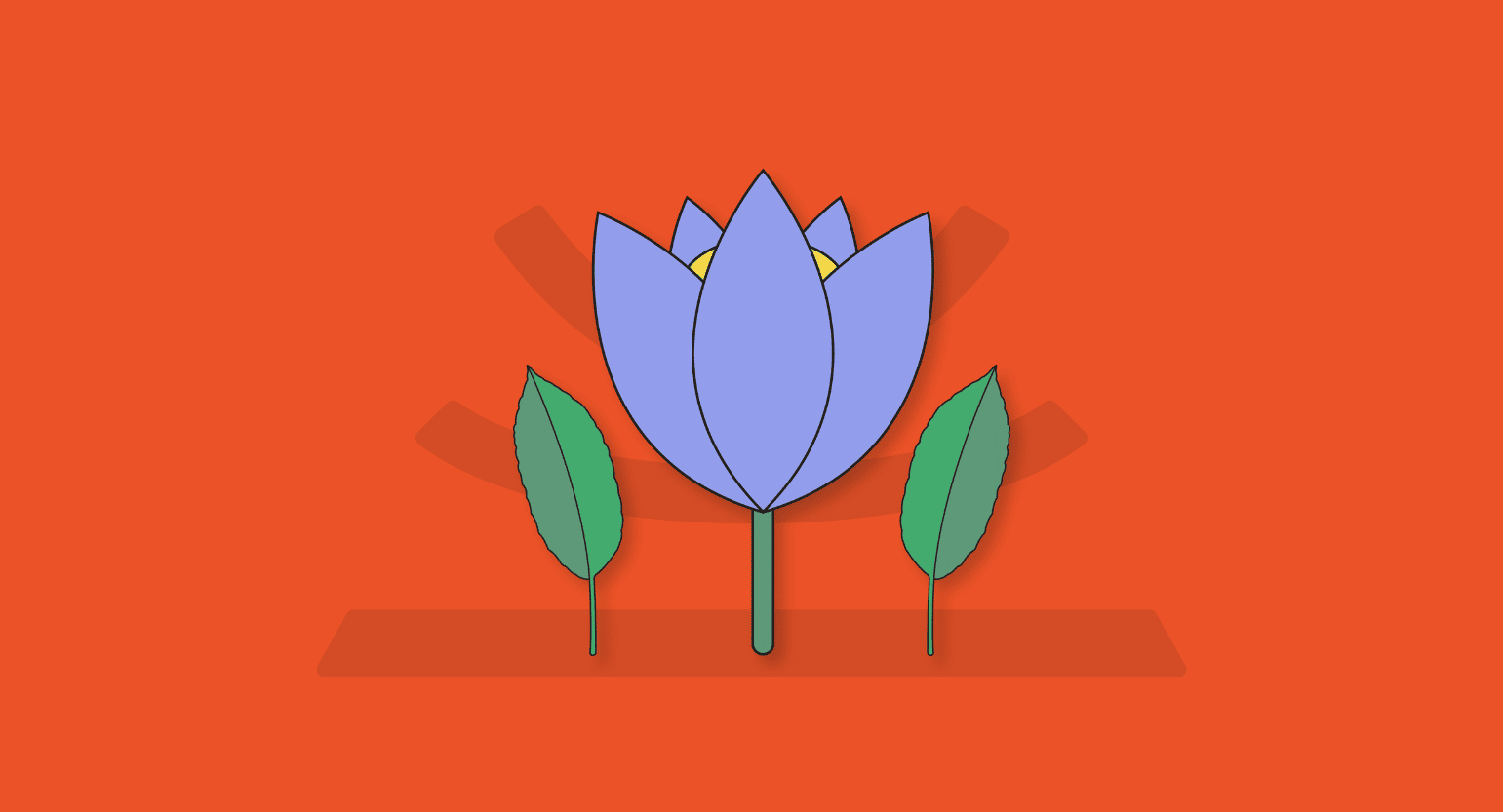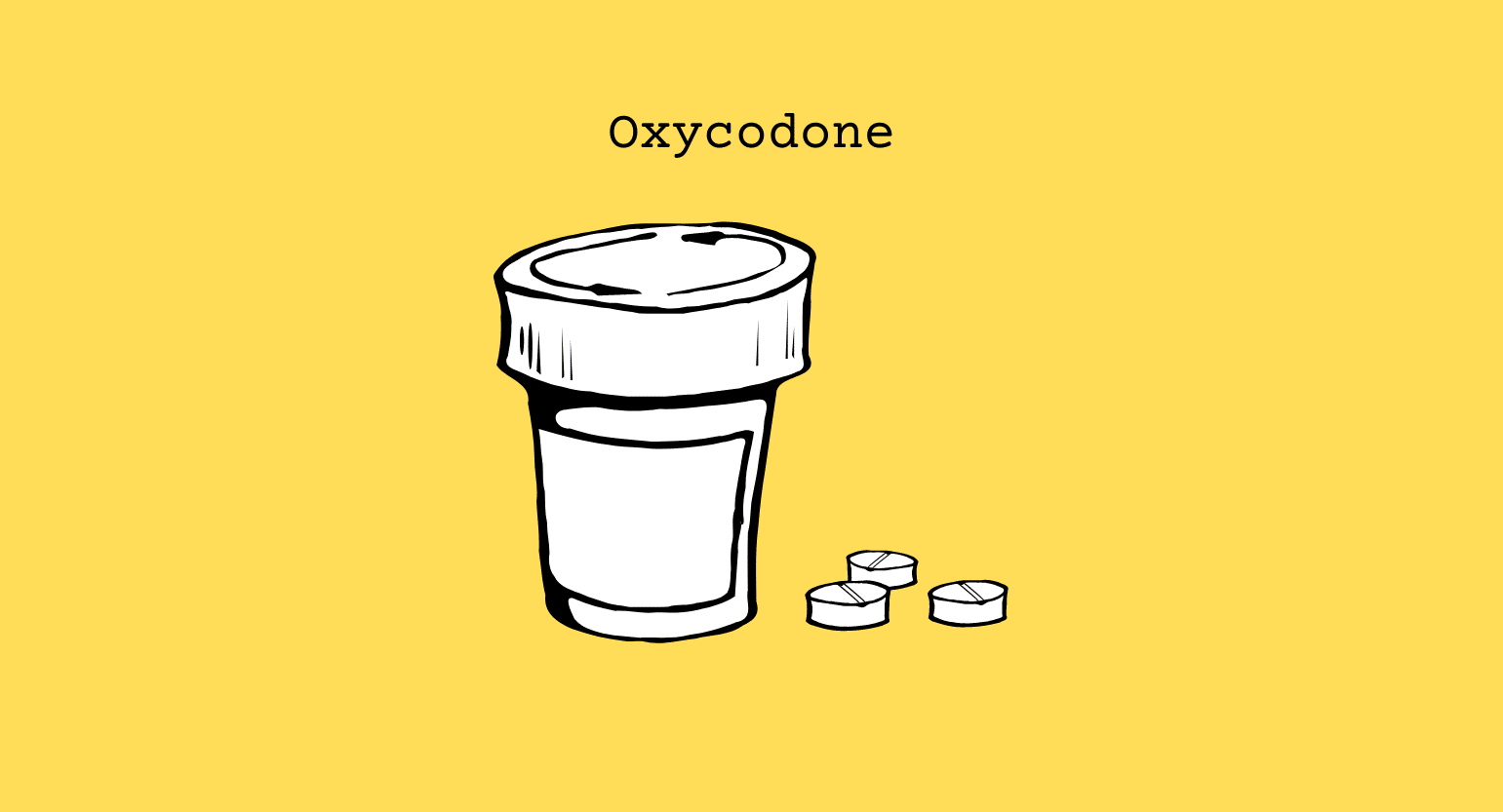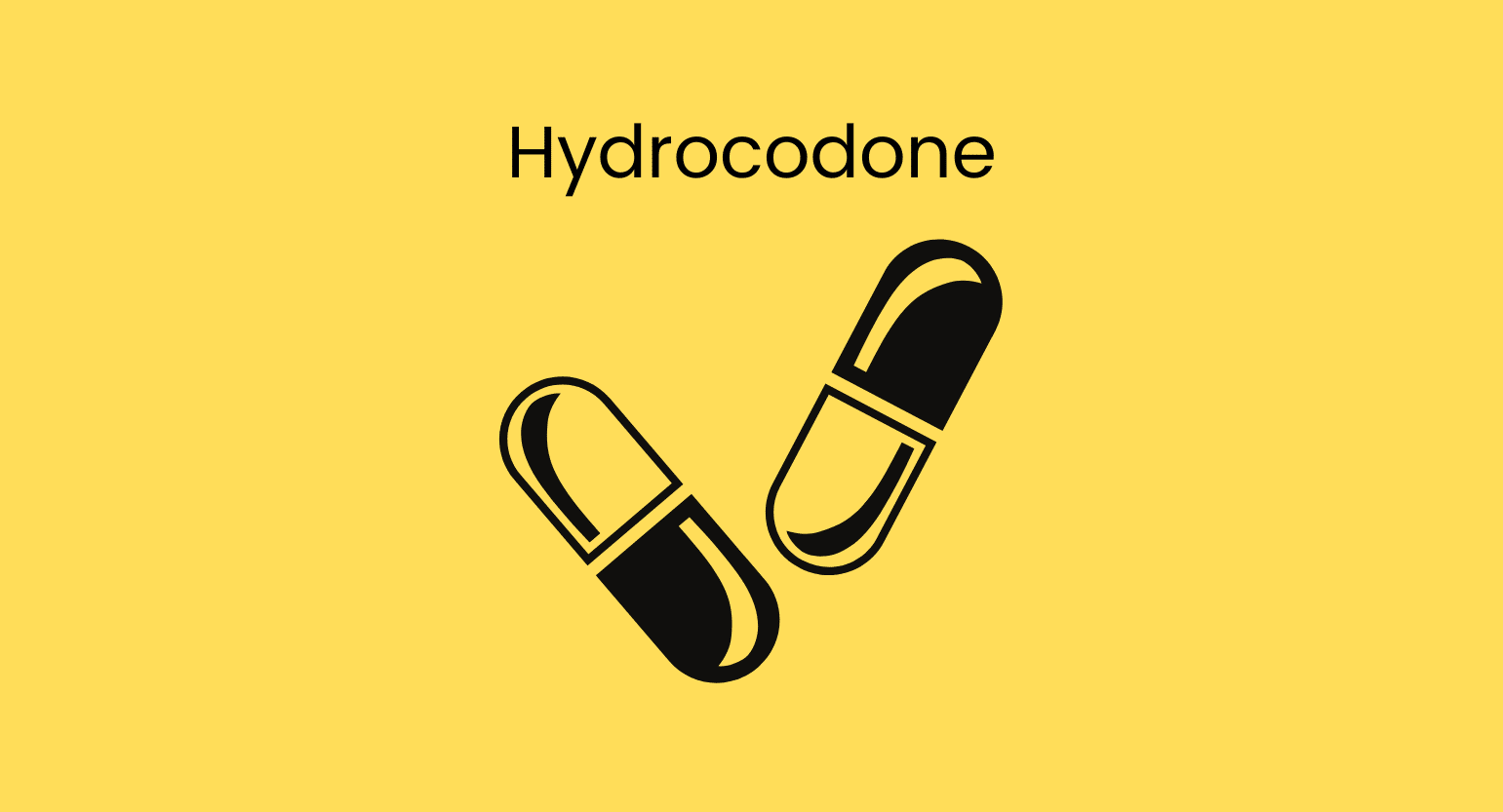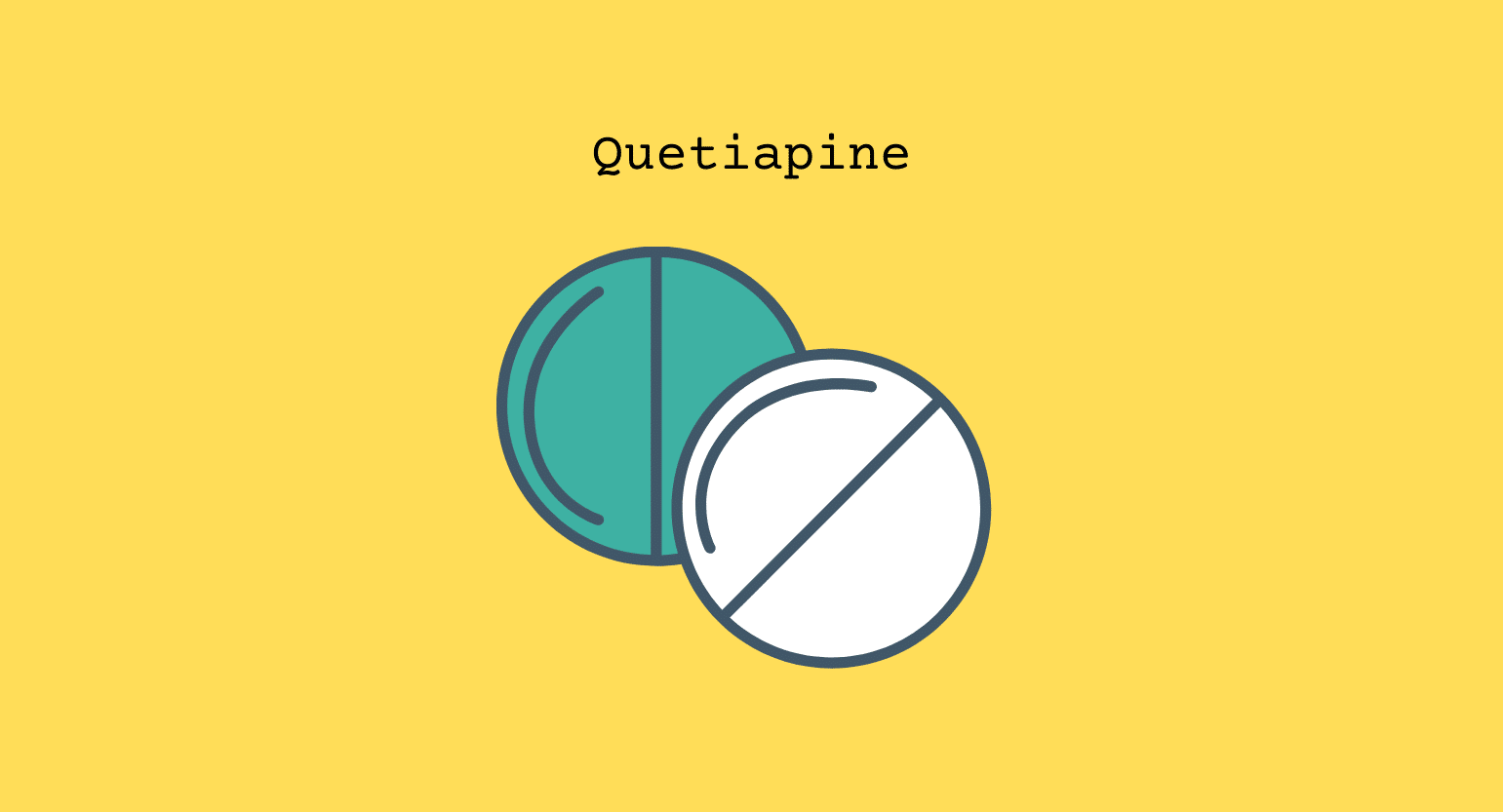Does Kratom Interact With Blue Lotus?
Yes, these two have a moderate to high chance of interacting. Kratom interacts with many drugs and herbs due to its complex structure, metabolism, and wide range of effects. Kratom’s interaction with blue lotus is particularly complicated — low doses counteract blue lotus’ effects while high doses tend to amplify them.
Let’s look at these types of interactions more closely.
Antagonistic Interaction
Taking low doses of kratom — between 1 and 3 grams — causes stimulation in most users, which works against the calming effects of blue lotus. This is called an antagonistic interaction and makes the impact of each drug weaker. Taking low doses of kratom blue lotus isn’t dangerous but isn’t efficient.
Rather than getting the best of both worlds, taking small amounts of kratom with blue lotus renders both ineffective and may lead to you taking more of one to counteract the other.
Agonistic Interaction
On the contrary, an agonistic reaction happens when two drugs with similar properties are used together, and the overall effects become more potent.
Large kratom doses — between 5 and 10 grams — offer significant levels of sedation for most people, making users feel relaxed and calm. These effects are very similar to blue lotus’ effects, so taking higher doses of kratom with blue lotus creates more intense sedation.
Agonistic interactions like this are more dangerous than antagonistic interactions since it’s easy to overdose. Taking kratom with blue lotus can cause extreme drowsiness, impairing motor function and leading to slower heart rate and suppressed respiration.
Metabolic Competition
In addition to the direct agonistic and antagonistic interactions, kratom and blue lotus are also metabolic competitors. Specifically, kratom and blue lotus are both metabolized by CYP3A4, an enzyme responsible for processing most foreign substances, including drugs [1, 5].
When the same enzyme processes two substances, the body can’t process both quickly enough, accumulating both substances over time.
If you regularly take kratom and blue lotus, it is easy to overdose even with relatively small doses since there can be a little leftover from the last time. Metabolic competition like this is insidious since it’s not very noticeable until it hits you all at once.
Blue lotus is classified as an herbal extract; however, it shares some properties with other hallucinogens, leading some people to classify it with other psychedelics. Due to its historical use in religious ceremonies, some people classify it as an entheogen, a psychoactive substance typically used for spiritual enlightenment.
Similar psychoactive substances kratom will interact with include:
- Cannabis
- Fly agaric mushrooms
- Ketamine
- LSA (lysergic acid amide)
- LSD
- Psilocybin
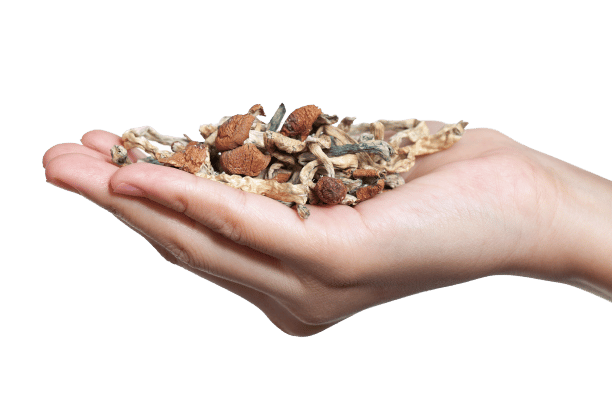
Is it Safe to Take Kratom With Blue Lotus?
Combining low doses of kratom with blue lotus implies just a mild to moderate risk, but only if you do so infrequently. The risk of a slow build-up due to metabolic competition is relatively low if you don’t take kratom and blue lotus together often, but avoiding mixing these drugs altogether is the best practice.
Taking higher doses of kratom together with blue lotus risks unintended consequences due to higher-than-expected levels of sedation. Kratom (in large amounts) and blue lotus are sedating, making it easy to take too much.
What is Blue Lotus?
Blue lotus (Nymphaea caerulea) is a type of water lily native to Egypt and some parts of Asia. It has been used for millennia in religious ceremonies for spiritual enlightenment due to its psychoactive properties.
Blue lotus’ effects primarily come from two compounds: apomorphine and nuciferine. Apomorphine induces euphoria and hallucinations and may improve muscle control in people with neurological disorders like Parkinson’s disease.
Nuciferine may help reduce anxiety and help people relax, although there is virtually no research studying this effect. However, there is evidence that it may reduce the symptoms of erectile dysfunction, and it has also been used in the treatment of alcohol and morphine addiction [2].
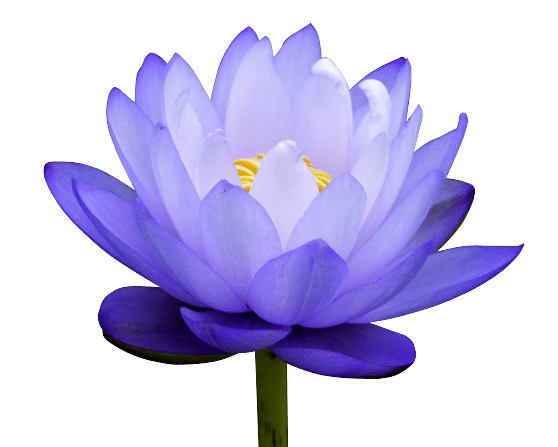
Blue Lotus Specs
| Drug Name | Blue Lotus |
| Trade Name | Blue Lotus |
| Other Names (other generics) | Blue Lotus Flower, Blue Water Lily, Egyptian Lotus, Frog’s Pulpit |
| Classification | Herbal extract |
| CYP Metabolism | CYP3A4 |
| Interaction with Kratom | Agonistic, antagonistic, and metabolic competitor |
| Risk of Interaction | Moderate |
What is Blue Lotus Used for?
Blue lotus induces hallucinations, euphoria, and an overall sense of well-being —effects that made it popular in ancient societies. Now, it’s often used recreationally for its psychedelic properties to promote relaxation and open-mindedness.
More practically, some clinical evidence shows it may be useful for treating erectile dysfunction, and anecdotal evidence supports its use as an aphrodisiac.
Many people who take blue lotus say that it helps them manage their anxiety and improve their sleep quality, although no research supports these claims.
What’s the Dose of Blue Lotus?
The proper dose of blue lotus depends mostly on the ingestion method. The easiest way to consume blue lotus is by brewing 3-5 grams of dried leaves in water to make tea.
Vaporizing a blue lotus resin with a rebuildable dripping atomizer (RDA) is another popular option, although it’s harder to regulate the amount this way. Many people also don’t have an RDA, adding to the cost of using blue lotus.
If tea and vaping aren’t your style, you could also roll and smoke the dried blue lotus leaves. However, most people report this method produces the most intense psychoactive experiences, which may be overwhelming. Smoking blue lotus also comes with an elevated risk of experiencing side effects.
What Are the Side Effects of Blue Lotus?
The most common side effect of blue lotus is nausea. Some users don’t experience any nausea, while others may vomit, making it an unpleasant game of chance the first time you take it. Luckily, most people report that they stop feeling nauseous from taking blue lotus after their first few experiences.
Less common side effects include dizziness, elevated heart rate, slurred speech, dilated pupils, palpitations, anxiety, and gastrointestinal distress [3]. These side effects are overwhelmingly likely in large doses, so keep the amount low if you’re concerned.
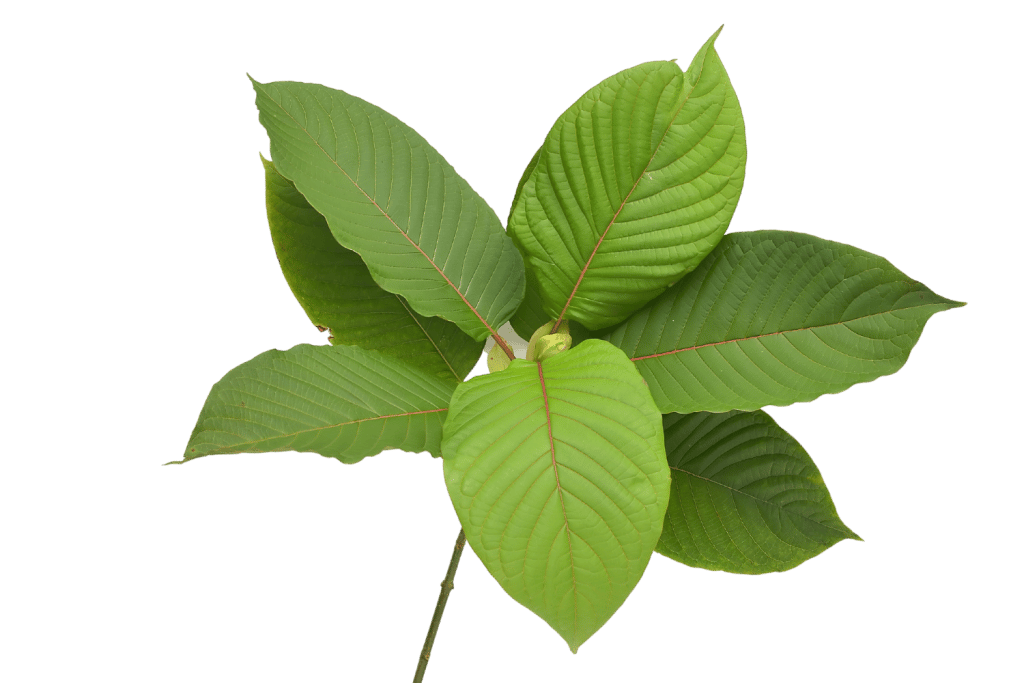
What is Kratom?
Kratom (Mitragyna speciosa) is an evergreen herb found in parts of Southeast Asia, primarily in Thailand and Indonesia. It is closely related to the coffee family and has stimulating or sedating effects depending on how much you take.
What’s Kratom Used for?
Kratom has been used for hundreds of years in traditional Asian medicine to treat pain, insomnia, anxiety, and depression. It is not an opioid but interacts with the body’s opioid receptors to block pain signals and alter brain chemistry [4].
Certain kratom strains are used to improve mood, boost energy, aid concentration, and increase productivity.
What’s the Dose of Kratom?
Kratom has different dosing recommendations depending on which effects you want to emphasize. In low doses (1 to 3 grams), most kratom strains will provide stimulating effects such as energy and motivation.
Moderate doses around 3 to 5 grams are less stimulating and provide an even blend of stimulation and sedation. Many people describe moderate doses as clean energy with a smooth quality that’s less harsh than the energy you get from caffeine.
Kratom becomes intensely relaxing in higher amounts (6 to 10 grams). Doses in this range help treat chronic pain and insomnia.
Related: The Best Kratom Dosage for Pain Relief.

What Are the Side Effects of Kratom?
The most common side effects of kratom are nausea, dizziness, mental fog, constipation, headaches, and fatigue. Excessive, prolonged lethargy can signify burnout and indicate that you need to take some time off from using kratom.
The most severe side effect of kratom is addiction. Regular kratom use can easily lead to dependence, making it vital to take intermittent breaks. Most experts recommend taking kratom fewer than five days per week and taking at least one week off every two months.
Learn more about spacing out kratom doses here.
What Are the Different Types of Kratom?
Several strains of kratom are denoted by the color of the veins running through their leaves.

White Vein Kratom
White-vein kratom is the most stimulating form of kratom, with low doses providing intense bursts of energy comparable to drinking several cups of strong coffee. White strains are commonly taken in the morning and help aid cognition and enhance productivity.

Red Vein Kratom
Red-vein kratom is sedating, offering users intense relaxation and powerful pain relief. Most red-vein users recommend taking it at night, as it tends to tire people, especially in large doses. However, some strains can be energizing if you take the right amount.

Green Vein Kratom
Green-vein kratom is the most popular choice among people who can’t decide between red-vein and white-vein since it offers a blend of energy and relaxation. Every green strain is different, with some offering more sedation and others more stimulation, making it possible to find a green strain that suits your needs in most cases.

Yellow Vein Kratom
Yellow-vein kratom is slightly different from the other three strain colors because it’s made by fermenting a white, red, or green strain. Using a fermentation process instead of the usual drying process gives the leaves a yellowish hue and changes their effects, often making them more potent.

Key Takeaways: Is it Safe to Mix Kratom & Blue Lotus?
Mixing kratom and blue lotus generally isn’t a great idea. Low doses of kratom will counteract blue lotus’ calming effects, leading to a less intense experience. Taking high doses instead could easily lead to dangerously high levels of sedation since both kratom and blue lotus provide ample calming effects on their own.
More troubling than the acute effects is the long-term accumulation of kratom and blue lotus in your system due to metabolic competition. Kratom and blue lotus are both processed by the same enzyme in the body, leading to metabolic bottlenecks and slow build-up of both substances in your body. It’s possible to accumulate a toxic level of each before you’re consciously aware of the effects.
Never mix kratom with other medications without consulting your prescribing physician first.
- Kamble, S. H., Sharma, A., King, T. I., León, F., McCurdy, C. R., & Avery, B. A. (2019). Metabolite profiling and identification of enzymes responsible for the metabolism of mitragynine, the major alkaloid of Mitragyna speciosa (kratom). Xenobiotica, 49(11), 1279-1288.
- Poklis, J. L., Mulder, H. A., Halquist, M. S., Wolf, C. E., Poklis, A., & Peace, M. R. (2017). The blue lotus flower (Nymphea caerulea) resin used in a new type of electronic cigarette, the rebuildable dripping atomizer. Journal of psychoactive drugs, 49(3), 175-181.
- Mackenzie Schimpf, MC, USA, Thomas Ulmer, MC, USA, Hugh Hiller, MC, USA, Alexander F Barbuto, MC, USA, Toxicity From Blue Lotus (Nymphaea caerulea) After Ingestion or Inhalation: A Case Series, Military Medicine, 2021;, usab328, https://doi.org/10.1093/milmed/usab328
- Eastlack, S. C., Cornett, E. M., & Kaye, A. D. (2020). Kratom—Pharmacology, clinical implications, and outlook: a comprehensive review. Pain and therapy, 9(1), 55-69.
- Ye, L. H., He, X. X., You, C., Tao, X., Wang, L. S., Zhang, M. D., … & Chang, Q. (2018). Pharmacokinetics of nuciferine and N-nornuciferine, two major alkaloids from Nelumbo nucifera leaves, in rat plasma and the brain. Frontiers in Pharmacology, 9, 902.

